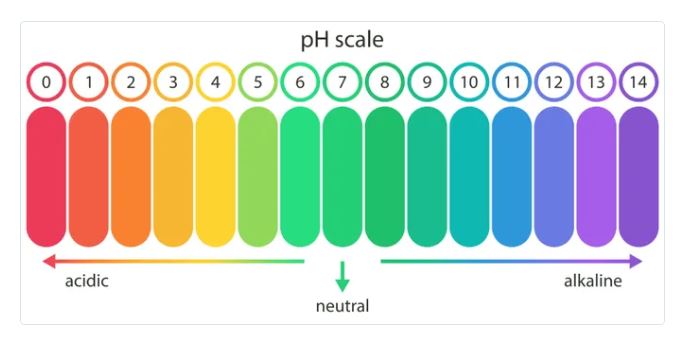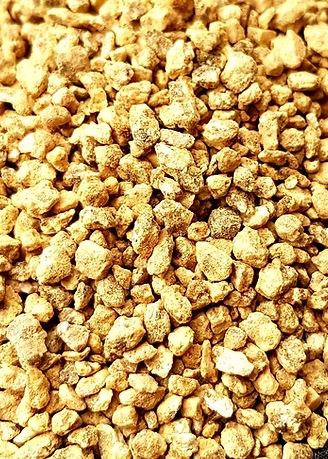If you’re like me and care about the quality of your drinking water, you’ve probably considered a best reverse osmosis system for pure, clean water. But one common concern with reverse osmosis (RO) water is that it can be slightly acidic due to the removal of minerals. The good news is that you can easily alkalise RO water to balance its pH and enhance its health benefits. You can easily alkalise RO water to balance its pH and enhance its health benefits. In this post, I’ll explain how to make reverse osmosis water alkaline – naturally and effectively. Whether you use an undersink water filter system or a bench top water filter, these methods will help you enjoy mineral-rich, alkaline water at home.
Can You Alkalise Reverse Osmosis Water?
Absolutely! Reverse osmosis is fantastic at removing contaminants, but it also strips away beneficial minerals like calcium, magnesium, and potassium, which contribute to water’s alkalinity. This can leave RO water with a pH below 7 (slightly acidic). While acidic water isn’t necessarily harmful, many people prefer alkaline water for its potential benefits, such as better hydration. The good news is that you can easily remineralise and alkalise RO water using simple, natural methods.

How to Convert RO Water to Alkaline Water Naturally

Add Alkaline Minerals (Mineral Drops or Stones): One of the easiest ways to raise the pH of RO water is by adding alkaline minerals back into it. You can use Mineral drops (like calcium, magnesium, and potassium bicarbonate). Just a few drops per litre can significantly increase pH. Alternatively, alkaline water stones (such as ceramic mineral balls or Maifan stones) slowly release minerals into your water, improving taste and alkalinity over time. It’s easy to keep a small pouch of mineral stones in my water jug—it’s a hassle-free way to ensure my RO water stays balanced.

Use a Remineralising Filter: If you have an undersink water filter system or a bench top water filter with RO technology, consider adding a remineralisation cartridge. These filters reintroduce essential minerals after the RO process, bringing the pH back to a healthy alkaline level (usually between 8 and 9). This is my favourite long-term solution because it requires no extra effort—just install the cartridge and enjoy naturally alkaline water straight from your tap.
Mix with Natural Alkaline Water Sources: If you don’t want to add minerals directly, try blending RO water with naturally alkaline water, such as spring water (which contains natural electrolytes) or coconut water (for a nutrient-rich boost). This is a great temporary fix, though it may not be as consistent as other methods.
Add Baking Soda (Sodium Bicarbonate): A pinch of baking soda can quickly raise the pH of RO water. Although this isn’t a long-term solution due to the addition of sodium, it’s a useful tip when needed. Just mix ¼ teaspoon per litre, stir well, and test the pH if possible.
Use a Water Ioniser: If you’re serious about alkaline water, a water ioniser can be paired with your RO system to electrically charge the water, separating it into acidic and alkaline streams. While this is a more expensive option, it’s highly effective for those who want precise pH control.
Lemon or Lime (Paradoxical Alkalising Effect): This might sound counterintuitive since citrus fruits are acidic, but once metabolised, they have an alkalising effect on the body. Adding a slice of lemon or lime to your RO water won’t change its pH much, but it can support overall alkalinity in your system.
Final Tips for Perfectly Alkaline RO Water
If you rely on a best reverse osmosis system for clean water, there’s no need to miss out on the benefits of alkaline water. With simple tweaks—like adding mineral drops, using a remineralising filter, or even blending with natural alkaline sources—you can easily convert RO water into a healthier, balanced drink. Whether you have an undersink water filter system or a portable bench top water filter, these methods will help you enjoy the purity of RO water and the benefits of alkalinity. Have you tried any of these methods? Let me know in the comments—I’d love to hear what works best for you!
You might also be interested in our blog post How to Add Minerals to RO Water Naturally




